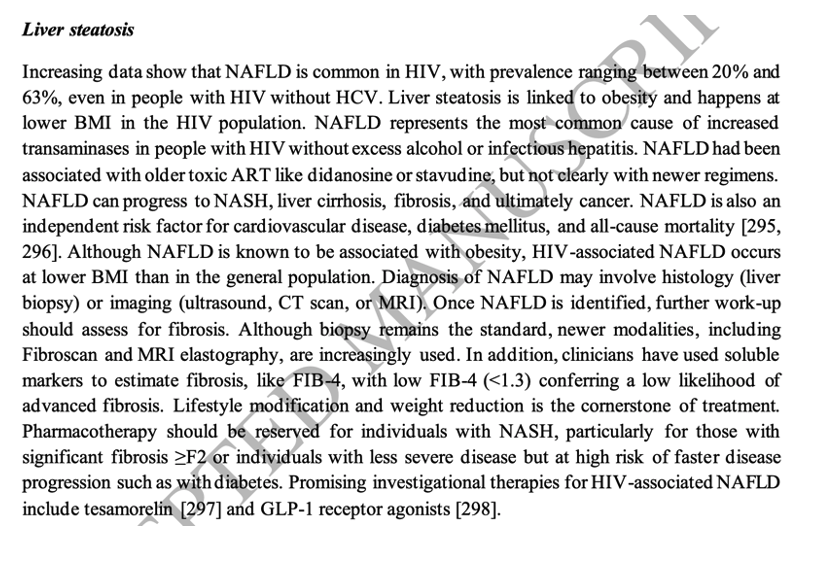| |
HIVMA-IDSA Guidance on Screening for Frailty, Neurocognitive Decline, Bone
Primary Care Guidance for Providers of Care for Persons With Human Immunodeficiency Virus: 2024 Update by the HIV Medicine Association of the Infectious Diseases Society of America
|
| |
| |
Download the PDF here
Oct 12 2024
"As people with HIV live longer, clinicians must attend to preventing and managing comorbidities and coinfections that often occur earlier and more frequently in people with HIV than people without HIV. This becomes increasingly important as individuals age. Likewise, screening for and addressing substance use and mental health conditions throughout the lifespan is essential to effective HIV care".

Screening for early detection and management of comorbidities should be considered for adolescents with HIV.
Clinicians should be aware that some persons with HIV may experience neurocognitive decline that is out of proportion to their age and should provide an appropriate work-up when such symptoms present.
Baseline bone densitometry by DXA should be performed in all postmenopausal cisgender women and men aged ≥50 years, based on expert opinion with limited supporting evidence [299-304]. If DEXA scan reveals osteopenia or osteoporosis, a work-up for secondary causes of osteopenia should be performed.
Annual screening for frailty should be considered in people with HIV over 50 years of age. The most commonly used screening includes the Frailty Phenotype [331] or the Frailty Index [332]. The most effective interventions to prevent and treat frailty are increasing physical activity and structured exercise.
Stigma mitigation is facilitated by diversifying the workforce to represent the patient population served in terms of gender identity, sexual orientation, race, ethnicity, primary language, and ensuring meaningful representation of persons with HIV.


|
|
| |
| |
|
|
|